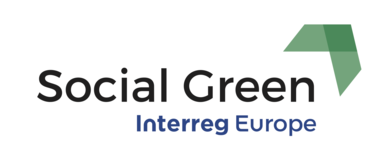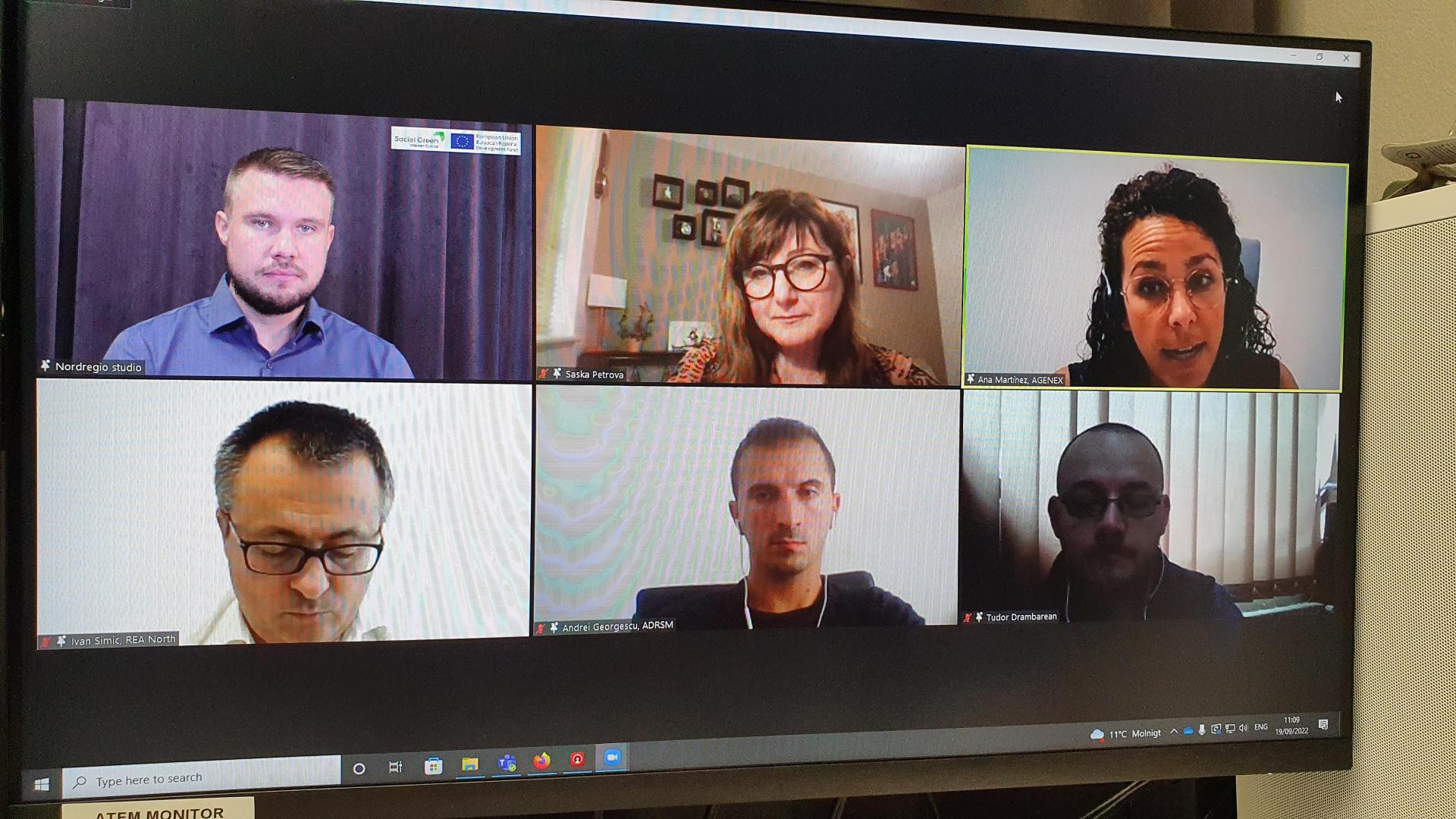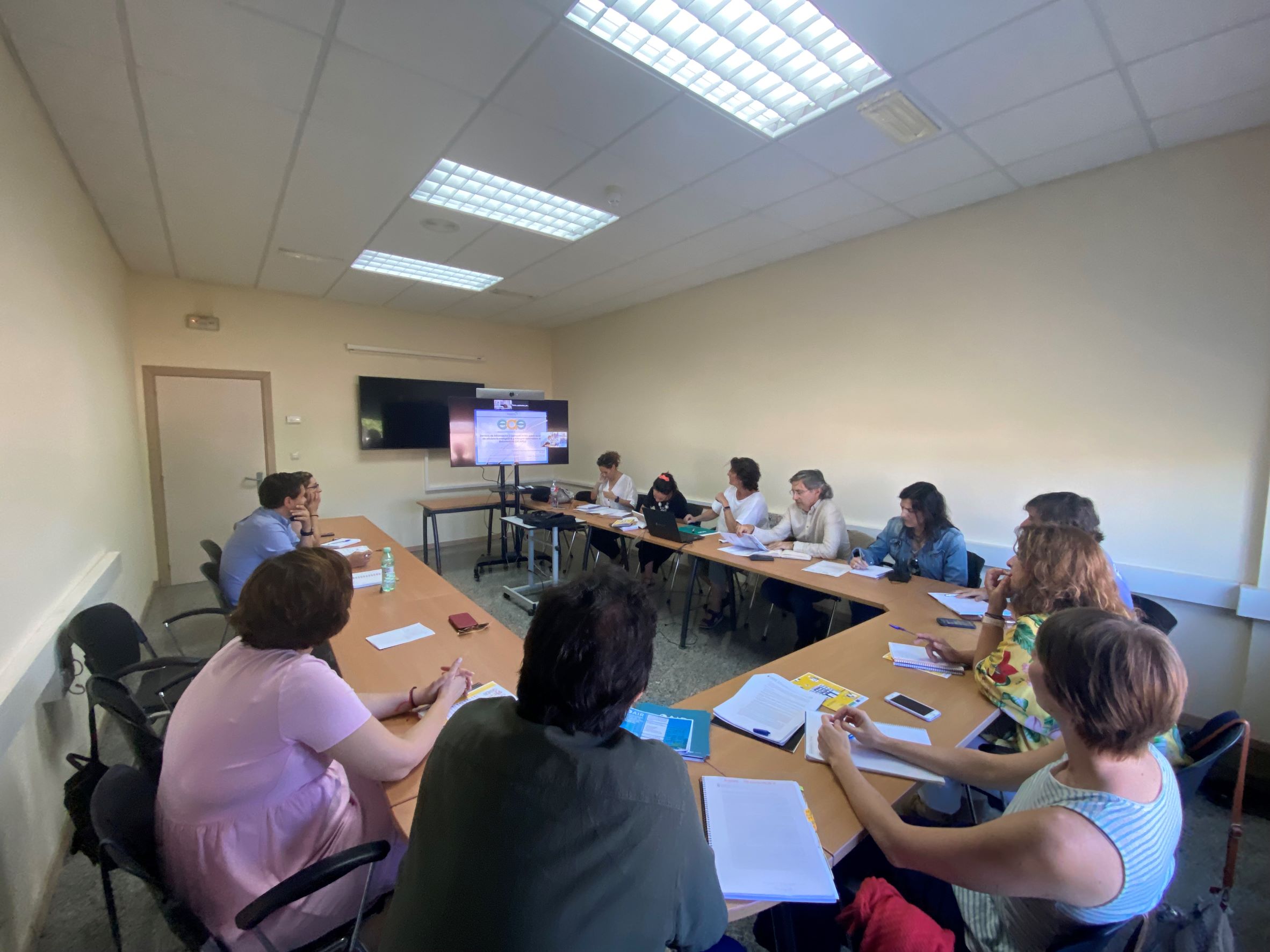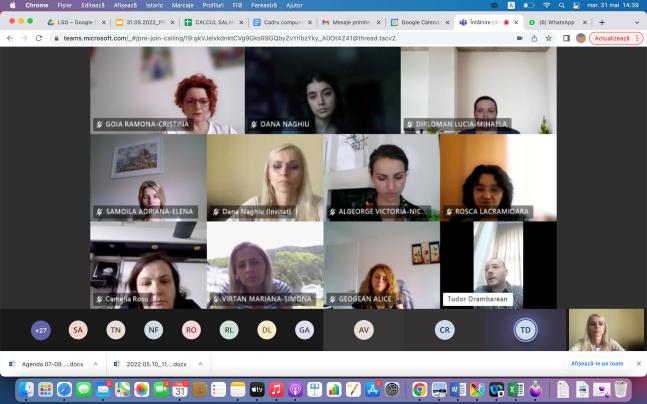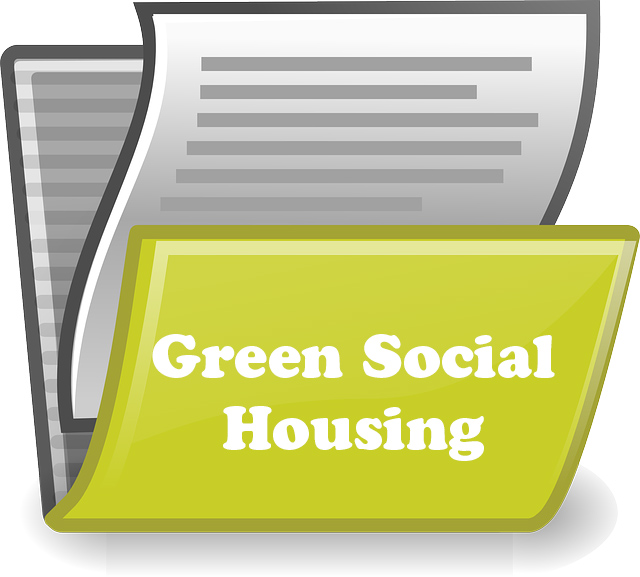In Croatia, there are many shades of greening the social housing stock that must be taken into account. Throughout the Social Green project, the Regional Energy Agency of the North (REAN) has emphasized the different concepts of and related issues for social housing, and the agency has considered how to connect them to the improvements of energy-poor households. First, the old social housing stock in Croatia was established in the former state, Yugoslavia. After the dissolution of the state, the housing stock was sold to the users of the social housing scheme at that time.
Given this history, traditional social housing is more or less non-existent in Croatia. In order to navigate the issue of green retrofits of homes with vulnerable groups and to identify policy improvements, one of the crucial steps has been to define a common understanding of the problem at hand. One of the challenges identified by the Croatian partner early on in the project was the lack of a dedicated legal framework for social housing – a topic discussed widely in the local stakeholder meetings.
One of the main reasons for this is that social housing is not specifically addressed in any policy instruments in Croatia. The local stakeholder group agreed that the abovementioned legal framework could be improved to address social housing stock as well as the process of its retrofit. Although this is not a prerequisite for greening the social housing stock, it would improve the process of development and retrofit in various ways.
Another case for consideration is single-family homes. Though they do not fall under the category social housing in Croatia, many occupants of single-family homes are exposed to energy poverty. In order to address both of these challenges, and to overcome the many shades of greening social housing in Croatia, REAN has worked to make sure that no vulnerable group is left behind and to give the opportunity of improving energy performance to all through its action plan. Fortunately for residents of energy-poor, single-family households, the Croatian partner succeeded in making public funds available for energy renovation. When it comes to multi-apartment buildings, making funds available to counteract energy poverty has been more challenging thus far. The results of one action—e.g., on energy renovation of single-family houses—is expected to be revealed next year, which will likely affect the existing policy instrument. The implementation of energy renovation of multi-apartment buildings dedicated to social housing is also expected to be implemented in due time.
The Croatian example illustrates the many shades of green retrofits of energy-poor homes. There are several additional elements of importance in this case such as creating a mutual understanding of the issue of energy poverty itself and finding ways to monitor and measure what matters in order to define, follow up, and improve the necessary policy instruments. In the end, it will be these policy instruments that influence the key aim: to improve the energy situation for the energy poor.
